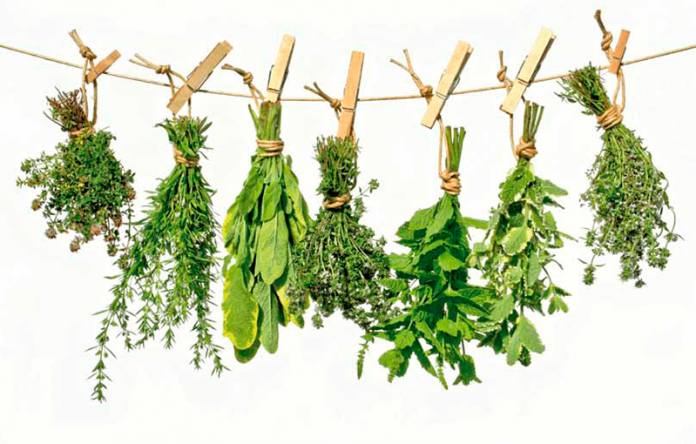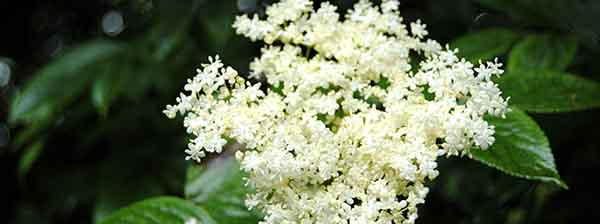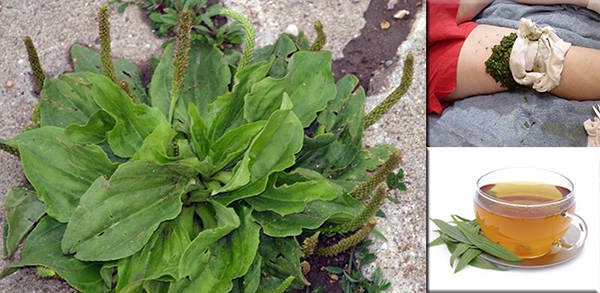About as long as we walked on this earth, using plants for medicinal purposes has been a part of being human. A number of cultures have embraced local plants to help them heal wounds, prevent disease, and develop immunity. This short guide gives you a list of readily available (fairly) plants that can support you when the SHTF is in and you need some medical help.
27 Angelica
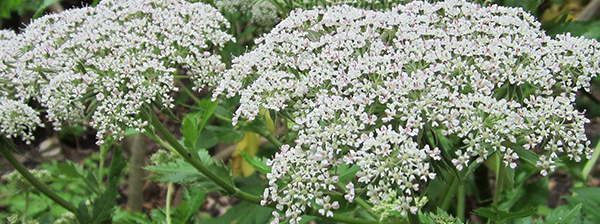
Area of use: Used since ancient times in the treatment of diseases like the plague. Also used to treat insomnia and gastrointestinal problems.
Notes: It is quite aromatic in taste and used in making liqueurs. Use the root, see and fruits for potions. Be careful as can cause miscarriages.
26 Aloe Vera
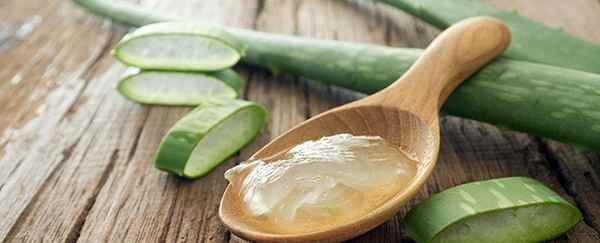
Area of use: Used for skin conditions like dermatitis and psoriasis. But could also be useful to sooth burns. If you can extract enough juice to make a drink (by mixing in warm water) it can be used as a laxative.
Notes: Can cause skin irritation, so be careful, especially with deep burns. Also if you’re allergic to garlic or onions you’ll likely be allergic to aloe too.
25 Black Cohosh
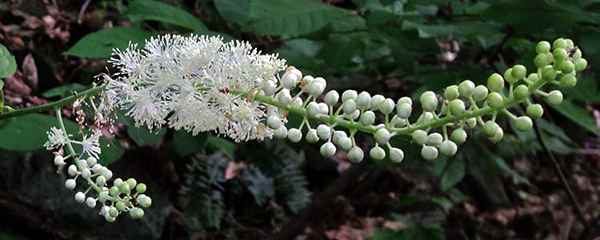
Area of use: Used by native Americans for various health issues, this plant is now most noted for its use in relieving the symptoms of the menopause. However. it is also good to alleviate arthritis and lower blood pressure.
Notes: It has been used to induce labour, so be careful if giving to pregnant women.
Related: How To Make Dandelion Honey Butter
24 Chili Pepper
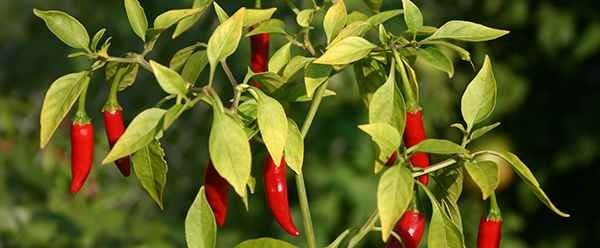
Area of use: Used as an anti-inflammatory and good as a rub for arthritis. There has also been some positive research into the use of chili pepper in managing prostate cancer.
Notes: Check out our article with details on Homemade Hot Pepper Cream for Arthritis & Joint Pain
23 Clove
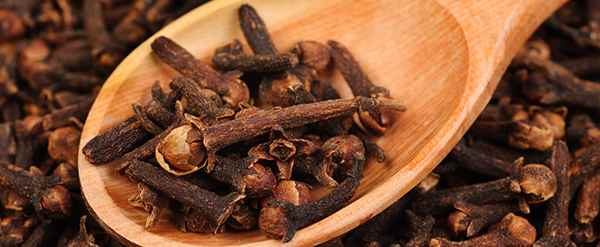
Area of use: I’ve used clove when I had my wisdom tooth removed and it worked a treat. Clove is a natural antiseptic and mild anesthetic.
Notes: If you can get fresh buds they are better than the powder. Fresh buds need to be dried in a dark cold place before being powdered. You can make the oil by steeping dried clove buds in an oil, like olive oil for a few weeks, then filtering the buds out and retaining the leftover oil.
22 Dandelion
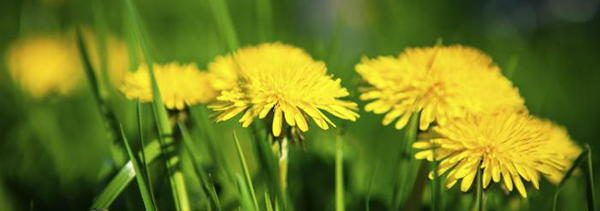
Area of use: “Dandelion and burdock” was a favourite drink of mine as a child. Dandelion, however, as my mother would remind me was a diuretic, that is, it makes you pass urine.
As well as being a diuretic it can also be used as a laxative.
If you use it with Saw palmetto it works even better to alleviate urinary tract issues such as reduced urine flow.
Notes: Dandelion soup is apparently good for sore throats. You can eat dandelion leaves in salads too. Don’t use dandelion during pregnancy and breastfeeding.
21 Elderflower (Sambucus species)
Area of use: Although the blossoms are usually used in soft drinks, elderflower cordial is very popular, you can use them for tea, syrup, jelly, and wine. You can also make elderflower vinegar. In Germany, elderflower fritters are a specialty.
Notes: Only the flowers are edible however, the stems, leaves, twigs, and roots are toxic. Shake flowers to remove dirt or insects and rinse briefly only if you have to, washing flowers removes much of the flavor.
Related: How to Make the Most Powerful Natural Antibiotic
20 Flaxseed
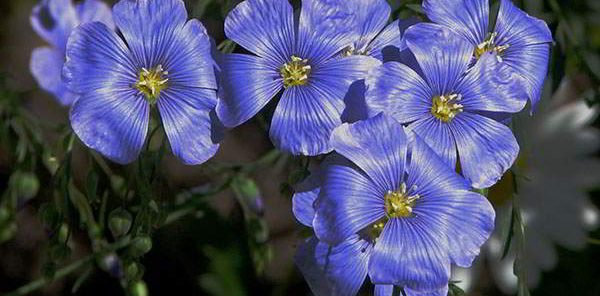
Area of use: Used as a natural cancer treatment but it’s also good for people who have the variety of Lupus which affects kidneys. Flax seed is actually great for a while breadth of conditions, from heart problems to bladder issues, and even for treating sore throats.
Notes: Just avoid using flax seed that is unripe or raw. Best used dried and/or powdered. Avoid giving to babies and pregnant women.
19 Garlic
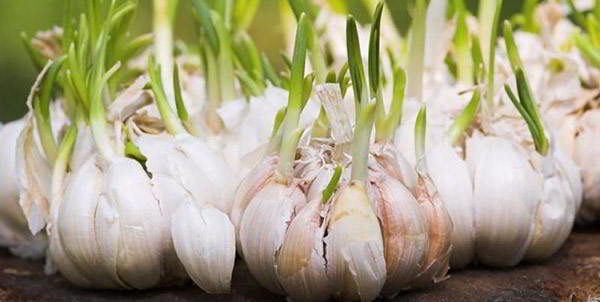
Area of use: Garlic is well known for helping to alleviate the symptoms of a cold. In fact, if you eat a whole clove of garlic when you’ve got a cold you do tend to feel a little better quite quickly. It’s also used to treat high blood pressure, diarrhea, and osteoarthritis.
Notes: Garlic is pretty safe just eating it, although obviously, it can make your breath smell! It has been known to cause post surgery bleeding.
18 Ginger
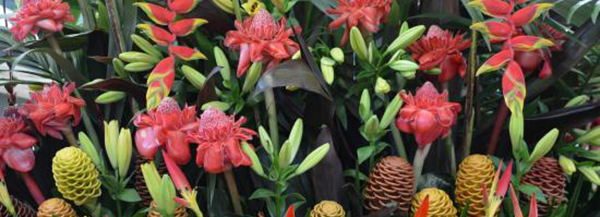
Area of use: Ginger is really good for all things related to stomach complaints. So nausea, loss of appetite, bloating, and heartburn.
Notes: You can use the ginger raw or make a tea from it by infusing raw ginger in hot water for about 20 minutes and drinking a few times daily – I’d add some honey as the tea is a little stringent.
17 Hemp
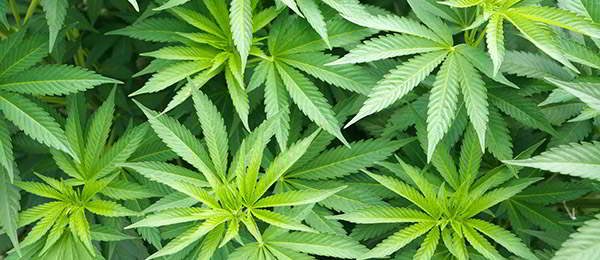
Area of use: Hemp contains omega 3 oils so is useful in reducing heart disease. But it is most famous for its use as a natural cancer treatment, for Alzheimer’s and for pain and nausea relief.
Notes: I accidentally grew this in my garden this year as there was hemp in my bird seed. You can see from the photo it’s a fine specimen. You must be careful as at the minute hemp is still banned in certain US states, most have decriminalised it or its allowed for medicinal uses.
16 Lavender
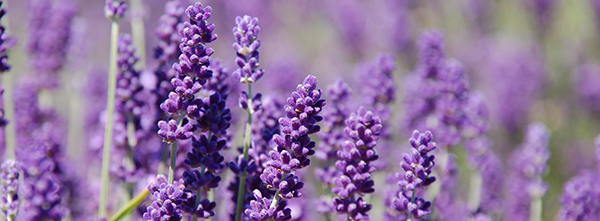
Area of use: Lavender scent is a really good way to help with sleep problems. However, don’t overdo it as I’ve found it can have the opposite effect and if the smell is too strong it will prevent sleep. It is also good for headaches.
Notes: Use the lavender as is, from the pant in a room where you sleep. Alternatively, you can use lavender oil topically and there is some evidence it is helpful in diabetes. You can make lavender oil by steeping the sprigs of lavender in an oil, like olive oil for a few weeks, then straining the oil – use the strained oil topically.
15 Lemon Verbena
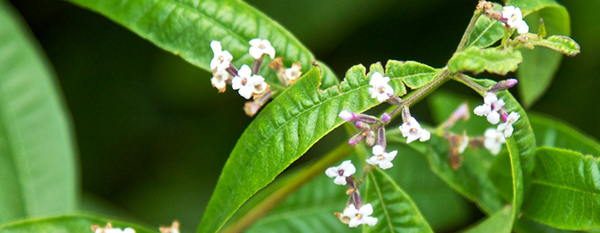
Area of use: I love the smell of fresh lemon verbena. It is used in herbal teas, just as a nice drink, but it has medicinal uses too. Its very good for digestive problems, like indigestion and diarrhea. It is also known to kill mites, so might be worth using topically as an ointment if you’re out in long grass.
Notes: Avoid using during pregnancy or breastfeeding. It has also been known to worsen kidney conditions if you use it a lot.
14 Marigold (Calendula)
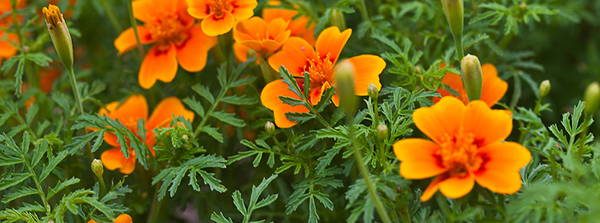
Area of use: I’ve used calendula, the active ingredient in marigold plants very effectively on a soft tissue infection. It needs to be used topically and NOT orally. As well as infection it’s good for cuts, bruises, and burns.
Notes: You can make a calendula cream by infusing the flowers of the marigold in olive oil for a few weeks. You then strain the oil and mix the oil with beeswax or some other hard wax.
Related: Earthquake Safety Checklist
13 Milk Thistle
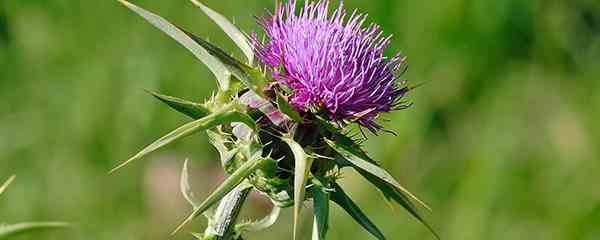
Area of use: Milk thistle is a lovely purple flowering plant that is often used for liver problems. However, the jury is out on the effectiveness of this. It has been associated with improvements in diabetes as it decreases blood sugar levels.
Notes: Best taken as a tea. Crush up milk thistle seeds and steep them in hot water for about 20 minutes. Strain and drink. You can also mix other herbs into the tea for taste and extra healing properties, for example, dandelion to help.
12 Peppermint
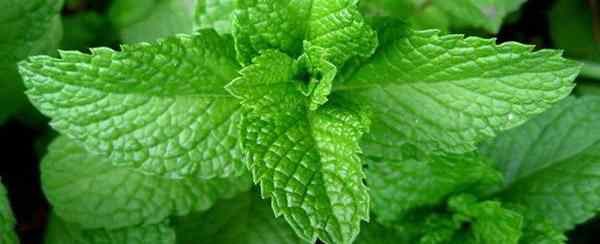
Area of use: Peppermint is really good for digestive problem. I’ve used it orally and successfully for IBS and digestive cramps. You can rub the oil on skin to help with headaches. The oil is also good to repel mosquitoes.
Notes: You can eat the leaves directly for digestive ailments, but don’t overuse it.
11 Pineapple
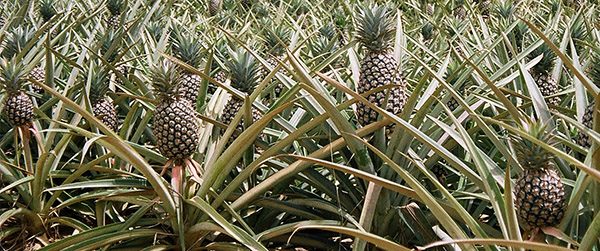
Area of use: Native Americans used pineapple for medicinal purposes including in the treatment of tumours. It is also used as an anti-inflammatory.
Notes: Pineapple contains the enzyme bromelain which is used to break down proteins (this is why pineapple can be used to tenderise meat). Some people (myself included) can have a local reaction to pineapple, such as a sore throat.
10 Plantain
Area of use: This is seen as a weed in many a garden, but it has, in fact, many healing properties. It can be used in autoimmune conditions, to control diarrhea and even to help with nappy rash in babies when used topically.
Notes: To use it topically you can make a poultice form the leaves. Check out our article on plantain uses and how to make a poultice and tea here.
9 Rue Herb
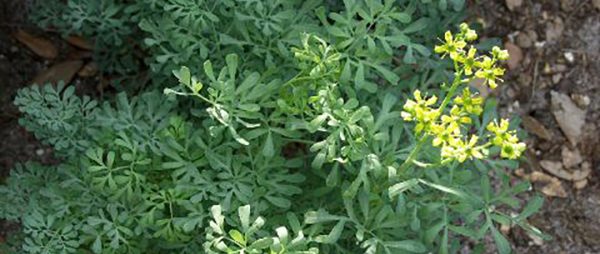
Area of use: Rue herb is my favorite plant in my garden. It was originally used by the ancient Romans as a sort of hedge as it wards off insects and cats. It has all sorts of remedial properties, including sight improvement, heart and circulation improvements, and headache and muscle spasms.
Notes: It MUST NOT be taken by pregnant or breastfeeding mothers. It can cause abortion in pregnancy. It has been known to cause increased sun sensitivity when touched. Be careful with Rue.
8 Saw Palmetto
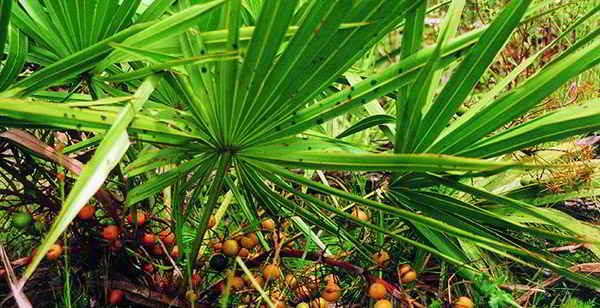
Area of use: The fruit of the Saw palmetto is used to treat a number of health issues such as coughs, sore throat, asthma and even prostate problems.
Notes: You can make a tea from the berries of the Saw palmetto. Add about a half cup of the berries to a pan containing boiling water. Steep for about 20 minutes. Strain and drink the liquid.
7 Stinging Nettle
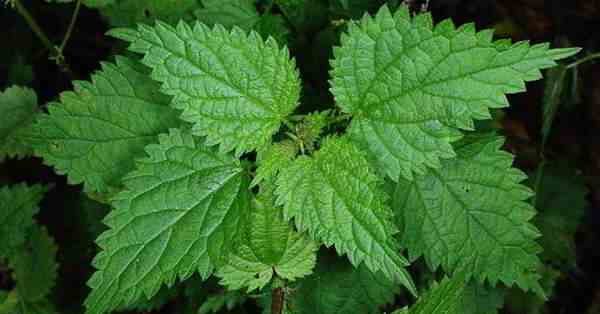
Area of use: Stinging nettle can be used as a diuretic or for joint pain. It is also good for eczema and arthritis. You can eat the young nettles less likely to sting) and make soups and cheeses from the leaves.
Notes: A warning to those of us with autoimmunity issues. I was stung recently by a stinging nettle, it hurts a lot. It caused my joints in the arm I was stung to be very painful overnight. It only lasted a day. This is a condition known as Skeeter Syndrome.
Related: How to Cook Spring Nettles
6 Thyme
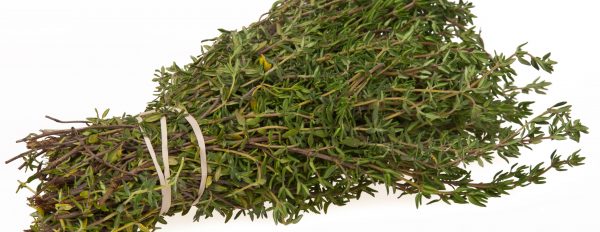
Area of use: Thyme is a great antiseptic and works well on coughs and sore throats. It can also be used for whooping cough and as a disinfectant.
Notes: For a thyme based cough mixture; see our article on Make Your Own Cough Mixture.
5 Turmeric (Curcumin)

Area of use: Turmeric or the active ingredient in the spice, curcumin, is used as an anti-inflammatory in diseases such as rheumatoid arthritis. It can also be used for irritable bowel syndrome (IBS), Alzheimer’s and lupus.
Notes: You can make a tea from turmeric by steeping the root or powder in boiling water for about 20 minutes. It is pretty awful to taste so you will need to add something like honey to help it go down.
4 Valerian
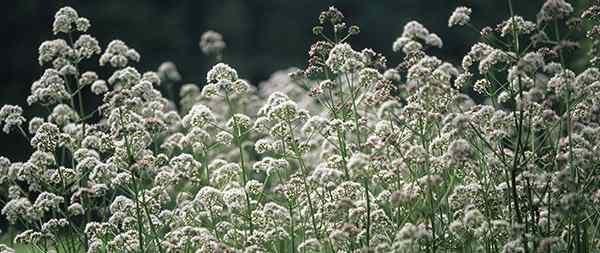
Area of use: Valerian is good for sleep disorders and depression. It has been used for other issues like menstrual cramps and joint pain too.
Notes: Probably best to avoid during pregnancy.
3 Watercress
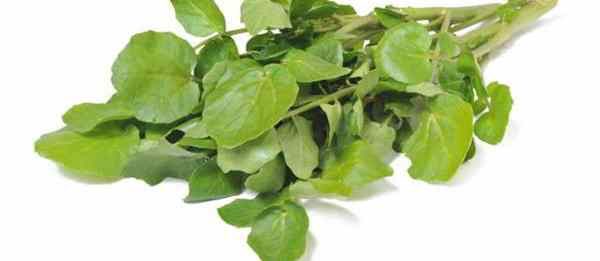 Area of use: The humble watercress is really good for conditions like bronchitis and flu – it is believed to be anti-bacterial too.
Area of use: The humble watercress is really good for conditions like bronchitis and flu – it is believed to be anti-bacterial too.
Notes: Avoid during pregnancy as can cause miscarriage.
2 White Willow Bark
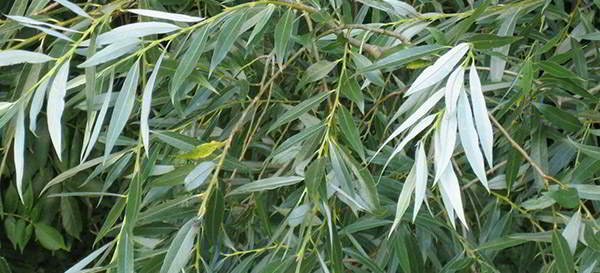
Area of use: The bark of the white willow tree contains a substance called salicin which is a precursor to manufactured aspirin. I our bodies it acts like aspirin and so is good for pain relief and is an antiinflammatory. Studies have shown that in small doses over long periods, it is especially good for back pain.
Notes: See our article on 10 Potent Plants That Kill Pain Fast
1 Wintergreen
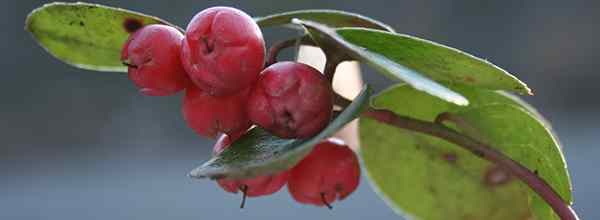
Area of use: When I was a child, my mother would treat my chilblains with oil of wintergreen and it worked well. It is also known to work well with sciatica and other nerve pain.
Notes: Only use this topically, the oil will make you vomit. Make a muscle rub using oil of wintergreen drops in coconut oil.


